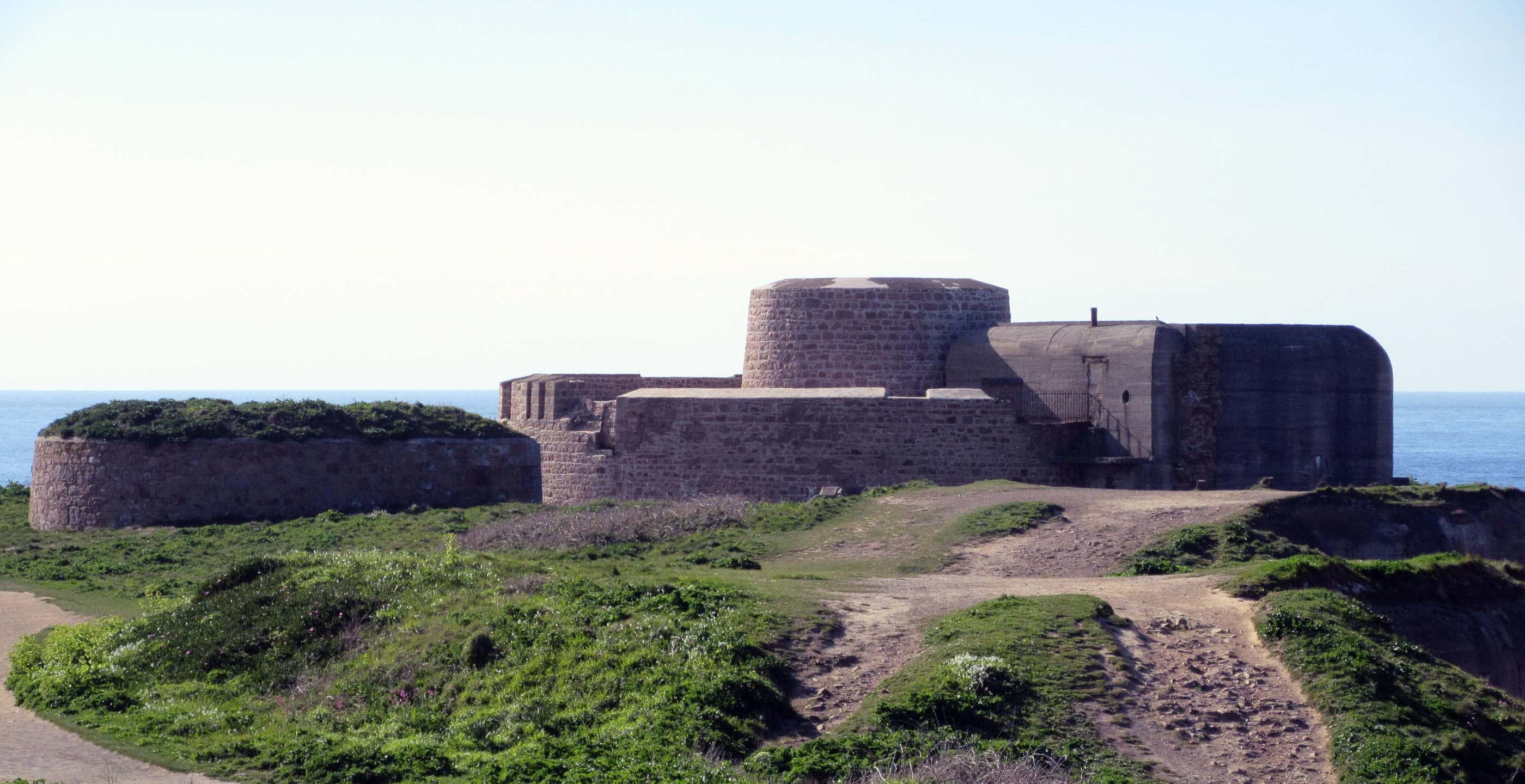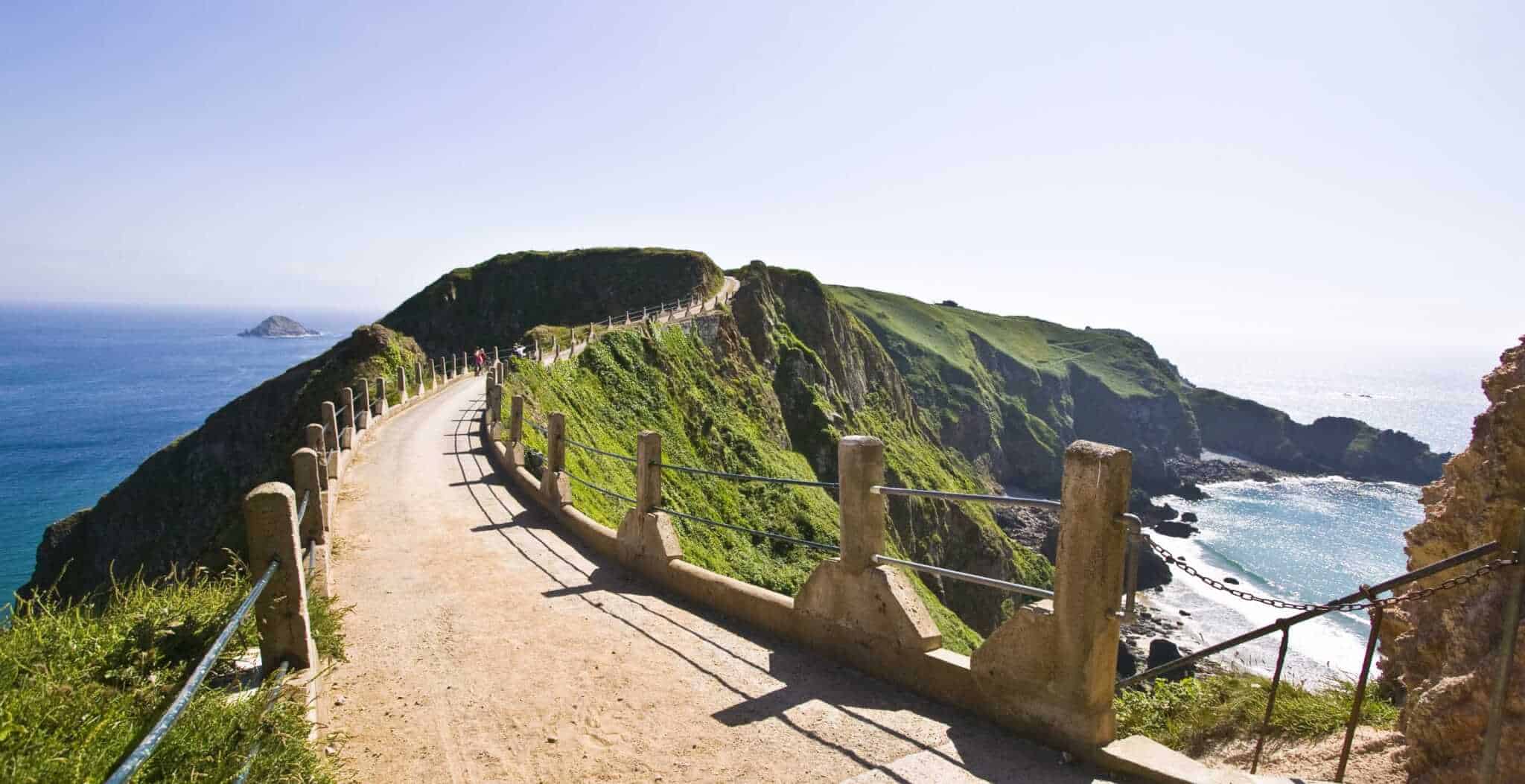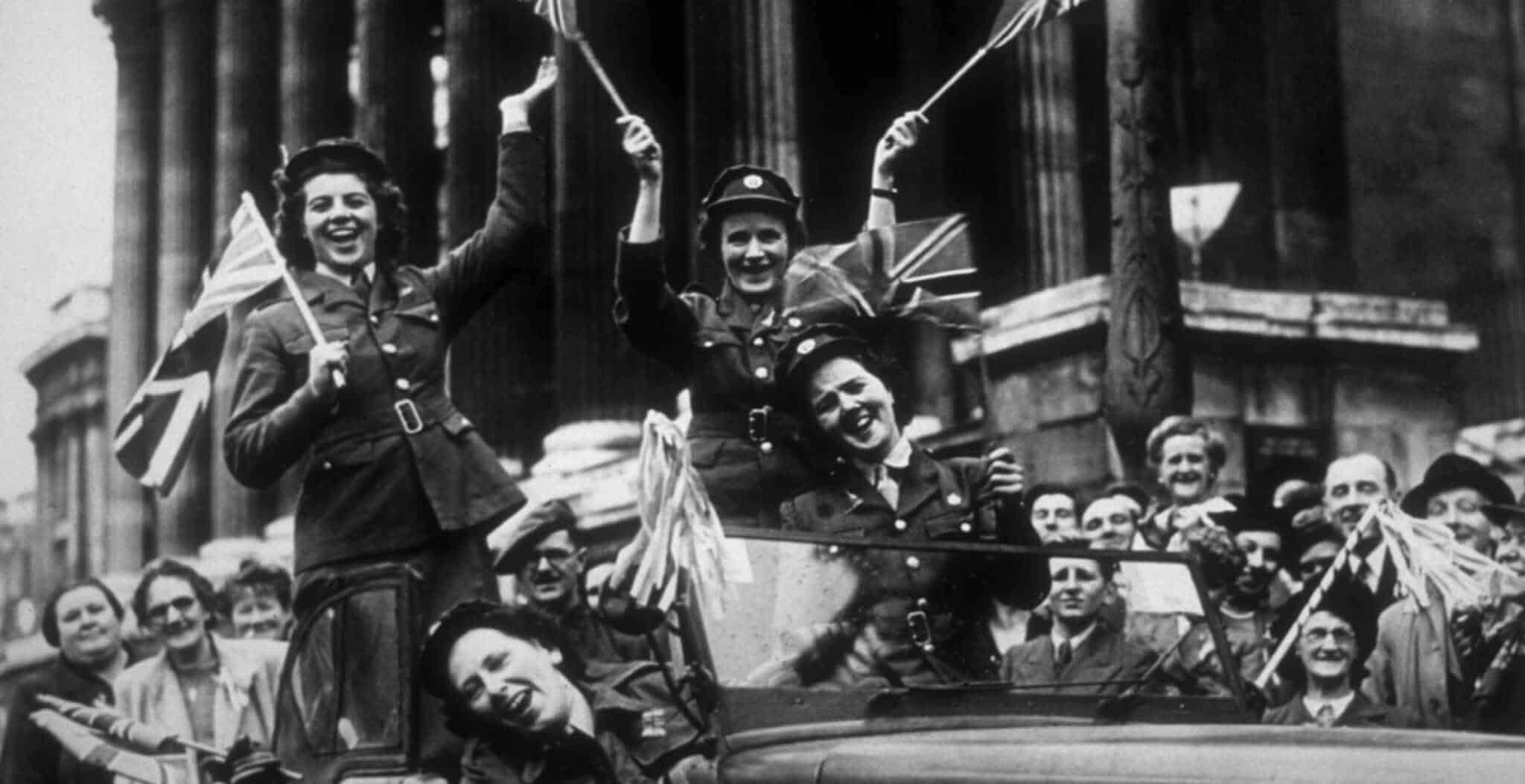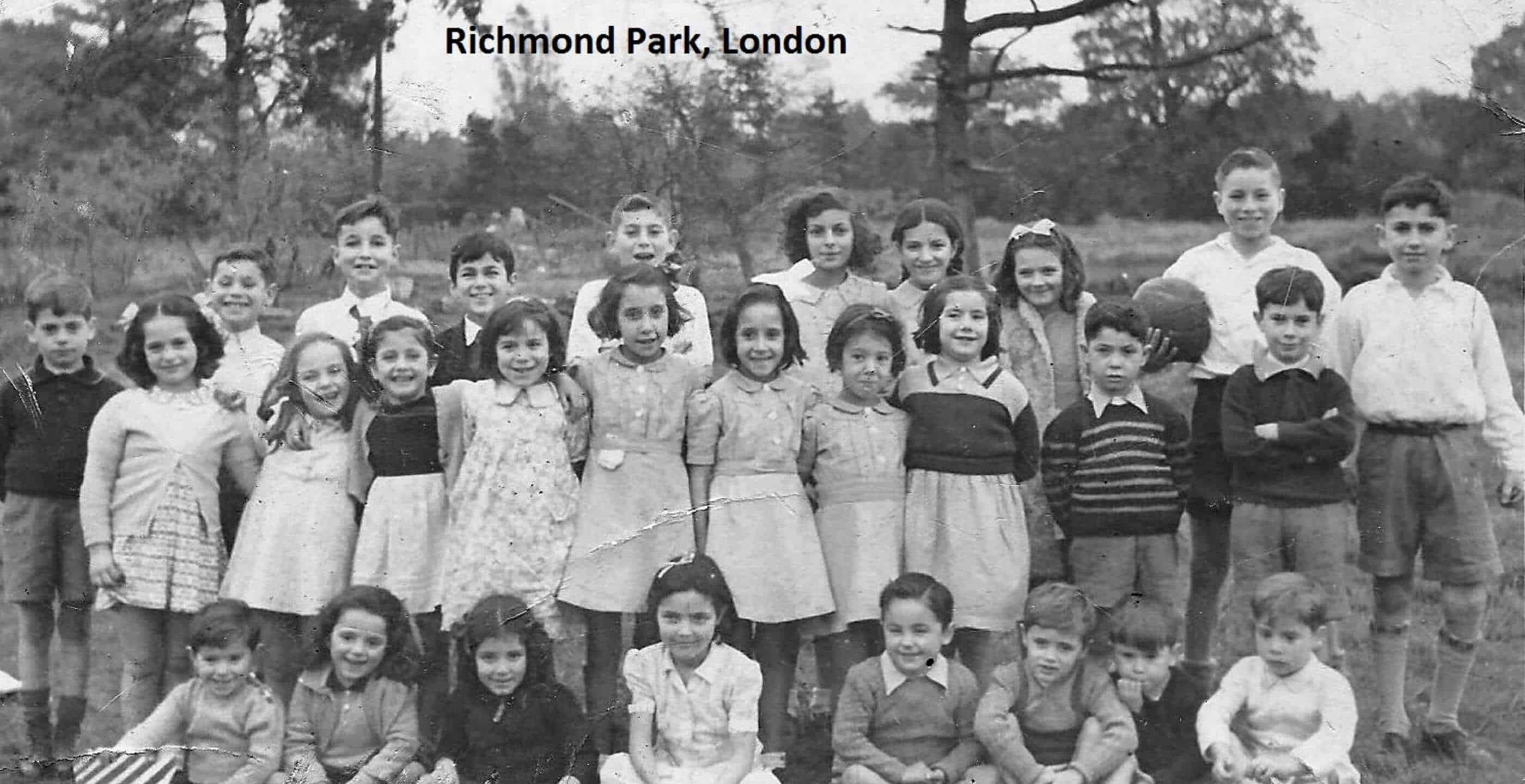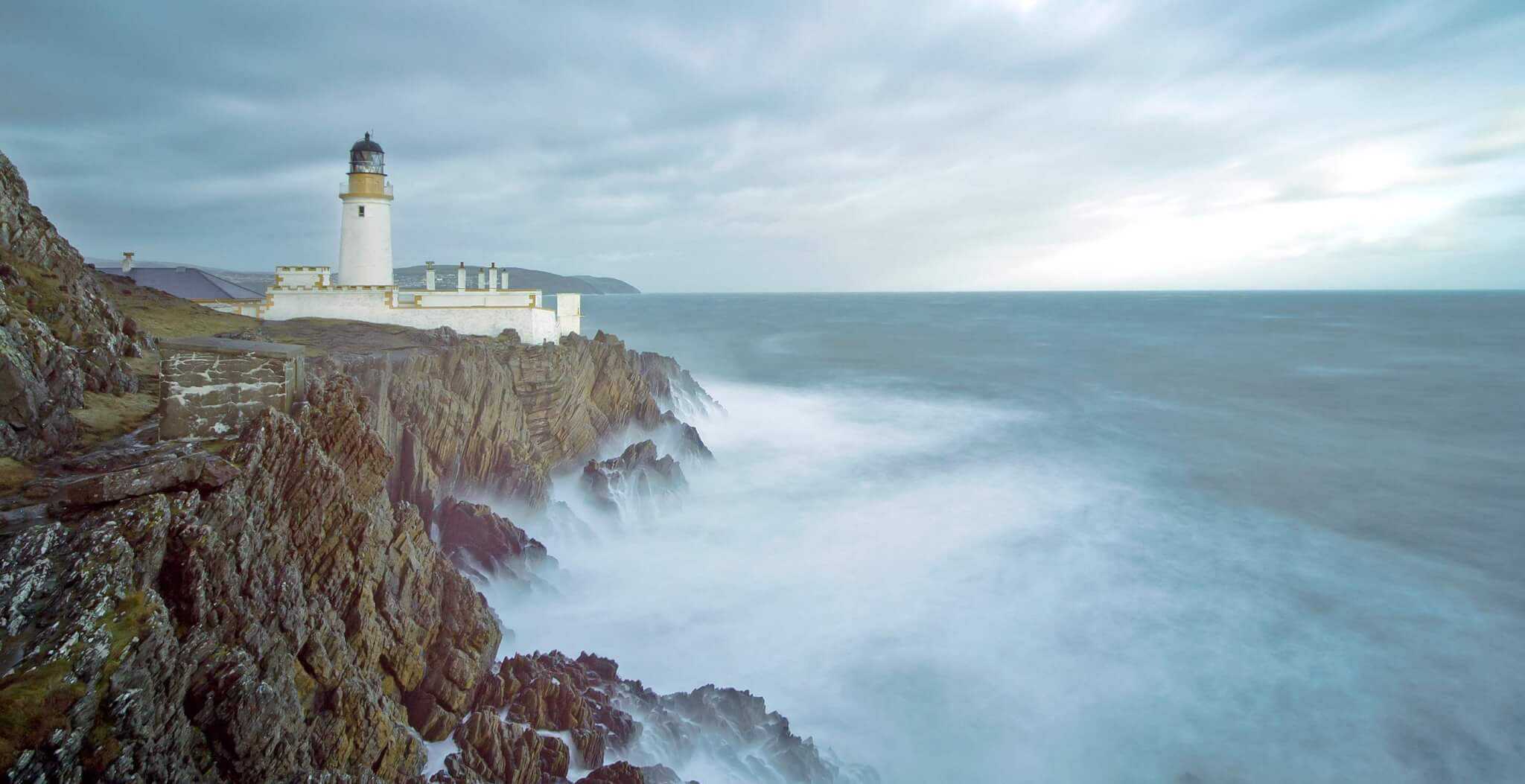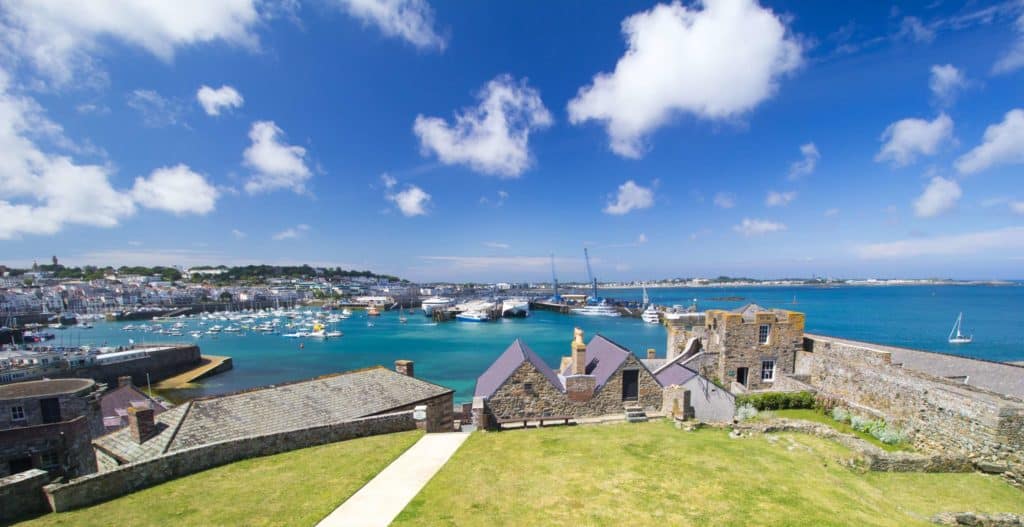The Islands of Guernsey are what’s known as an ‘archipelago’ – a collection of islands located on the English Channel between England and France. Guernsey is the largest of five, and its sister Islands of Herm, Sark, Alderney and Lihou are a short boat trip (or even walk) away. Although considered to be hidden gems, the islands were not able to evade German occupation during World War II and subsequently the number of fortifications that still stand today and the history that surrounds them is both fascinating and astonishing.
Guernsey was officially occupied from 30th June 1940 when it was left undefended after the British Government decided to de-militarise it. Winston Churchill, the Prime Minister at the time, was hesitant to make this decision but the Islands offered no strategic benefit. German planes bombed the harbour in Guernsey’s capital parish of St Peter Port after mistaking a group of tomato lorries for a convoy of troop carriers and, after 48 hours, German troops began to land and their flag was raised. Around half of the Islands’ population including four fifths of school children were evacuated to the UK. Little did they know this would be for almost five years.
All five Islands quickly found themselves under German rule, each serving their own purpose for what became known as ‘Hitler’s Island Madness’ as the Channel Islands became the most fortified place in the world.
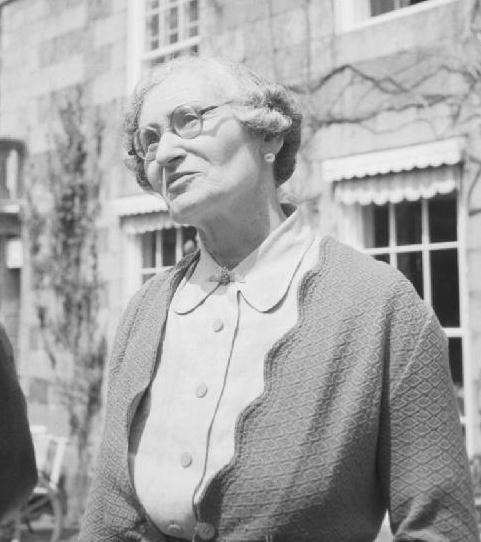
16.2km away from Guernsey, Sark residents made the decision to remain and Dame Sybil Hathaway, the Seigneur of the Island, was the main point of contact between residents and German soldiers at the time. On October 3rd 1942, 12 British Commandos of the Small Scale Raiding Force (SSRF) launched ‘Operation BASALT’ raiding Sark Island to capture prisoners and offensive reconnaissance. Sark itself is still a unique time capsule as one of the few remaining places in the world where cars are banned and exploring on foot, by bike or on a horse drawn carriage is the best way to get around.
Herm Island, which is only 20 minutes away from Guernsey by ferry, was initially passed by the Germans but was later claimed by the Third Reich on July 20th 1940. It was used to practise landing from barges in preparation for the invasion of England, under the guise of shooting a propaganda film called ‘The Invasion of the Isle of Wight’. Officers used the Island for shooting and training, and by the end of the Occupation there was only one Guernsey family living there. Today, it is a tranquil paradise with waters often mistaken for the likes of the Caribbean. As a popular place for walking through naturally beautiful surroundings, it is hard to imagine that it was once part of such turbulent times.
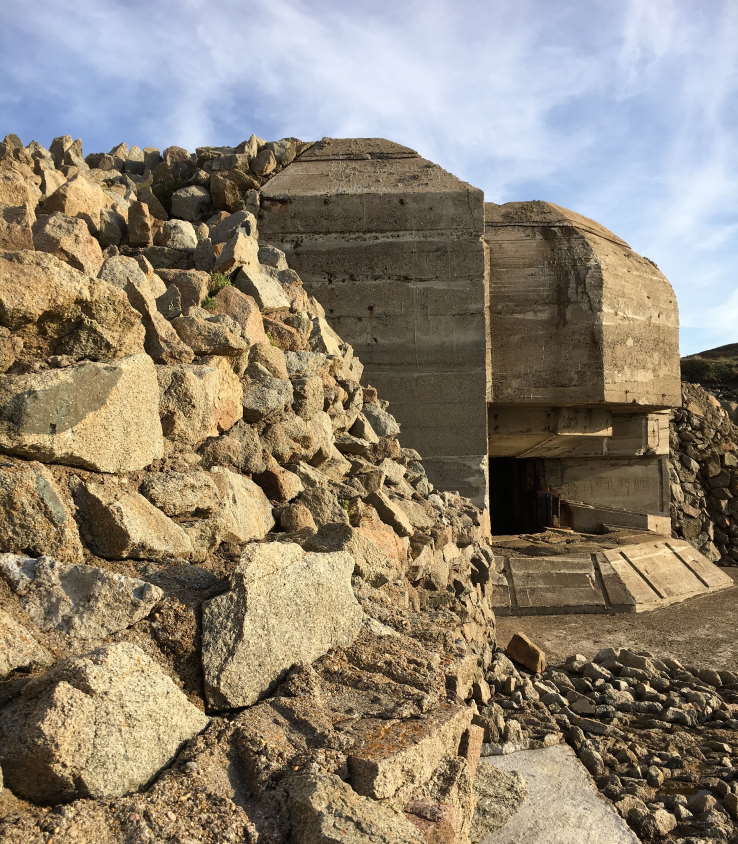
In Alderney, virtually all residents were evacuated and this became the most heavily fortified of the Islands. Alderney celebrates ‘Homecoming Day’ on December 15th as an alternative to Guernsey’s Liberation Day celebrations in May, as the Island required a huge amount of clearing and it operated as a communal farm while order was restored. Alderney’s experience of the Occupation was very different to the other Islands, but at just 3 miles long by 1 ½ miles wide, it packs a great deal of history into its modern day visitor offerings with natural trails, military walks, Victorian forts, bunker open days and other annual events and tours.
The smallest of the Islands of Guernsey, called Lihou, is situated just off the west coast of Guernsey and accessed by a causeway at low tide for about two weeks every month. When the tide is right, you can walk over and explore the abundance of flora and fauna, a Benedictine Priory from the 12th century and a crystal clear Venus Pool. There is one house on Lihou, which was used for target practice by heavy artillery during the Occupation. One could say it is a miracle that the remains of the Priory were not completely destroyed as you can still go and see them to this very day.
The Islands were the only British territory Hitler ever conquered, and locals had most of their lands, belongings, food and freedom taken away. Some were sent to prisons and camps, while others resisted with acts of protest and defiance between 1940 and 1945. From changing the clocks to reflect the time in Germany to restricting activities such a fishing, club meetings and the singing of patriotic songs, islanders had to abide by these newly imposed laws otherwise they would have been arrested, or even faced the risk of being deported. The mounting pressure on food and ration supplies resulted in the early release of prisoners, but the situation was becoming critical.
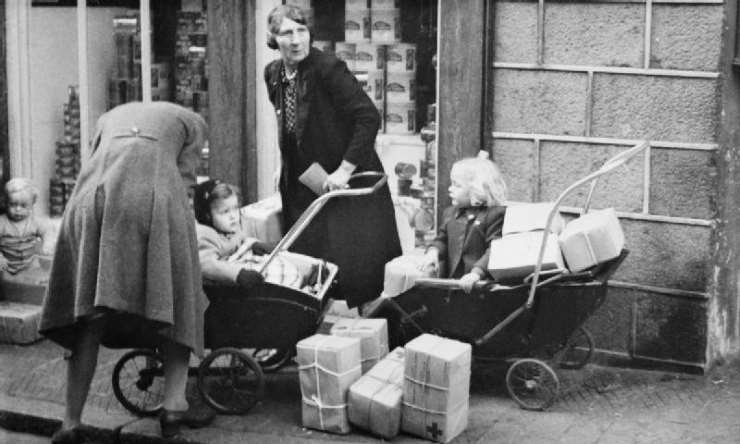
The SS Vega, a vessel run by the Red Cross was a lifeline and arrived with a lifesaving cargo in December 1944. She brought with her food and medical supplies. Rumours had spread through the islands about the ship’s arrival, and emotions were running high as islanders shouted with gratitude and cried with relief once it entered the harbour.
There are many families living in Guernsey whose parents or grandparents can recall specific details from life as a child during the Occupation. Some children would play pranks on German soldiers, while others were excited by the arrival of alien-like army trucks. Some even remember specific acts of kindness from soldiers who wanted to help rather than take control. But, many parents tell a different story as their future was looking increasingly uncertain as the years went by. Although islanders were given work by the Germans, many refused it despite the benefits that were promised to them. WWII fortifications across the Islands of Guernsey were constructed by captured men forced into work.
Islanders all had different experiences of the war as some sadly lost their lives and loved ones, while others formed civil relationships and found new ways to live with their enemies. Finally, in 1945, an announcement was given by Prime Minister Winston Churchill:
‘Hostilities will end officially at one minute after midnight tonight. And our dear Channel Islands are also to be freed today.’
On 8th May 1945, Churchill announced the end of the war in Europe, and the Islands of Guernsey were freed on the following day. For 75 years, Liberation Day has and will continue to be celebrated on 9th May, while Sark Island celebrates theirs on the 10th. It gives islanders a chance to rejoice in their freedom and reflect on those who had to endure everything that the Occupation brought with it.
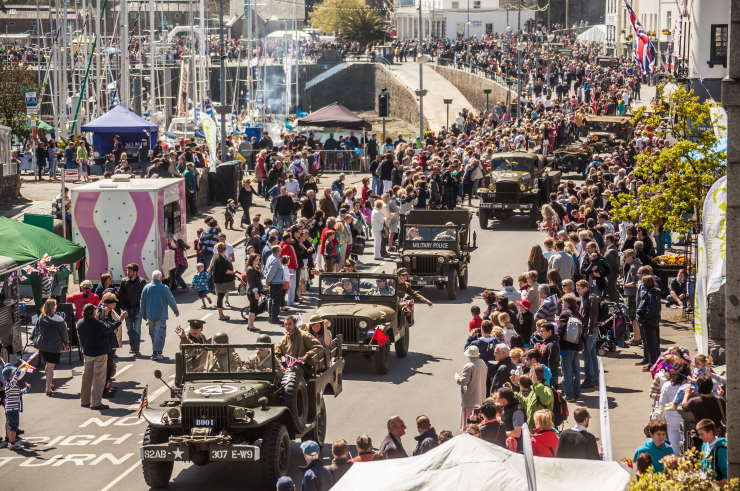
9th May is a Bank Holiday on the Islands of Guernsey, and Guernsey’s capital town of St Peter Port comes alive with thousands of people attending parades, firework displays, live music, entertainment and activities for everyone to enjoy. A sense of freedom, and the reminder of how truly resilient the islanders of Guernsey were, is what underpins the celebratory atmosphere that runs through all of the festivities. It is a time to think about how relieved and happy everyone must have felt. It is also a day of remembrance for those who bravely fought and lost their lives to serve an Island that thousands are proud to call home.
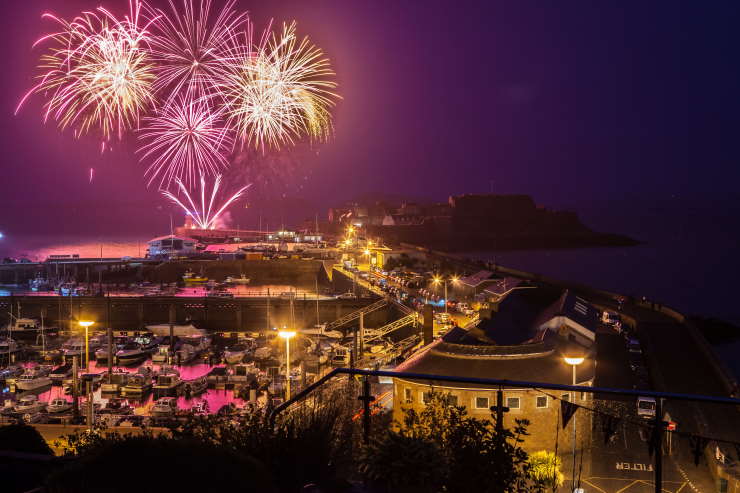
By Stephanie Gordon, VisitGuernsey
Tours of Historic Guernsey
Find out more about this scenic island by browsing our Selected Tours of Guernsey.
